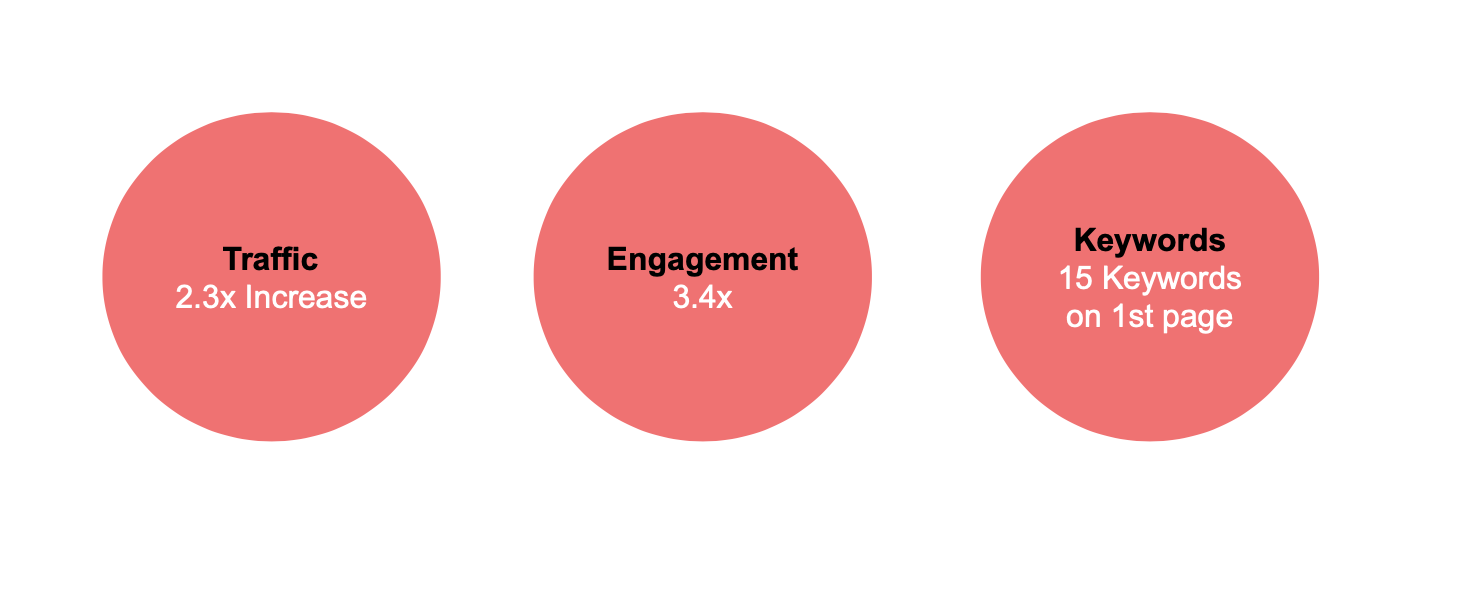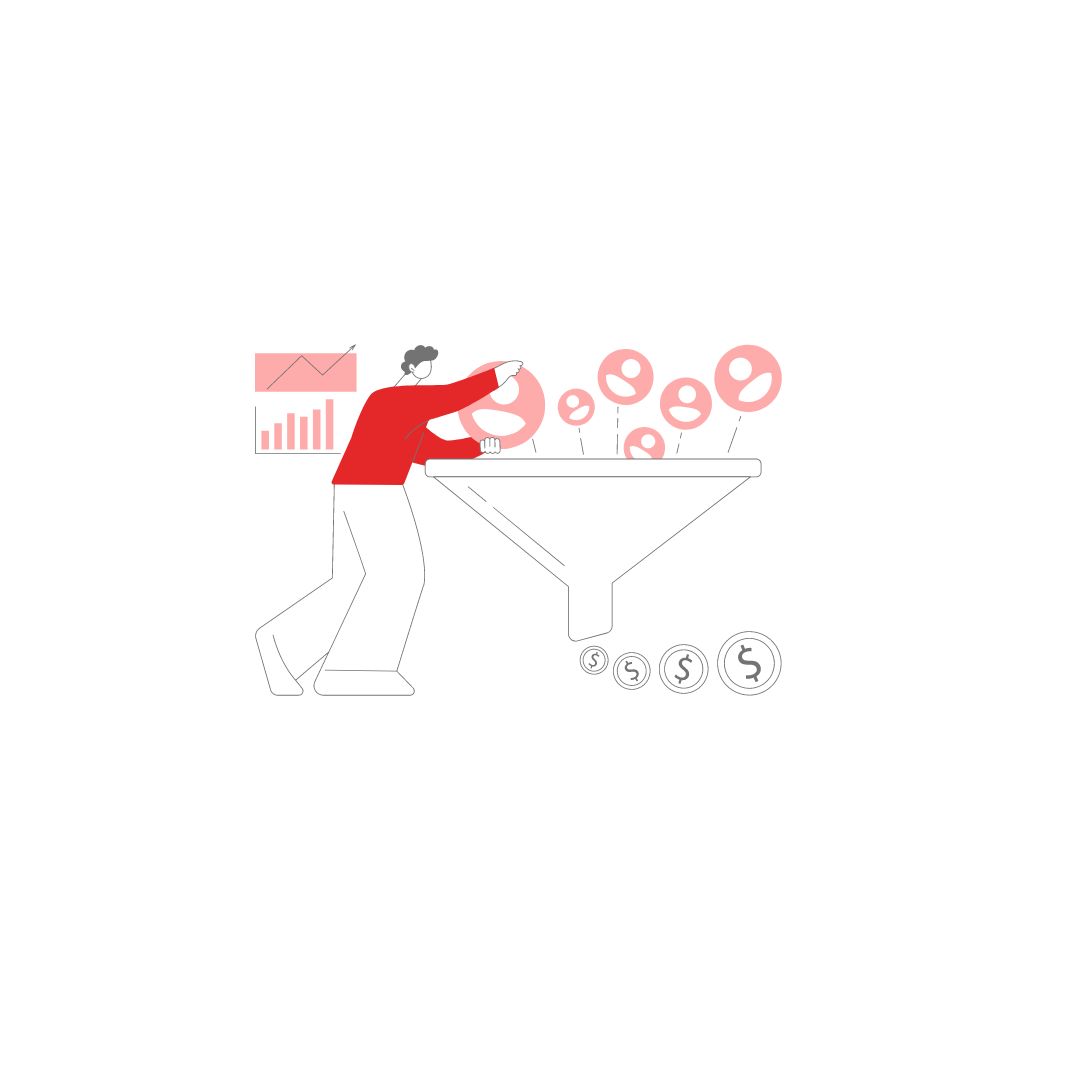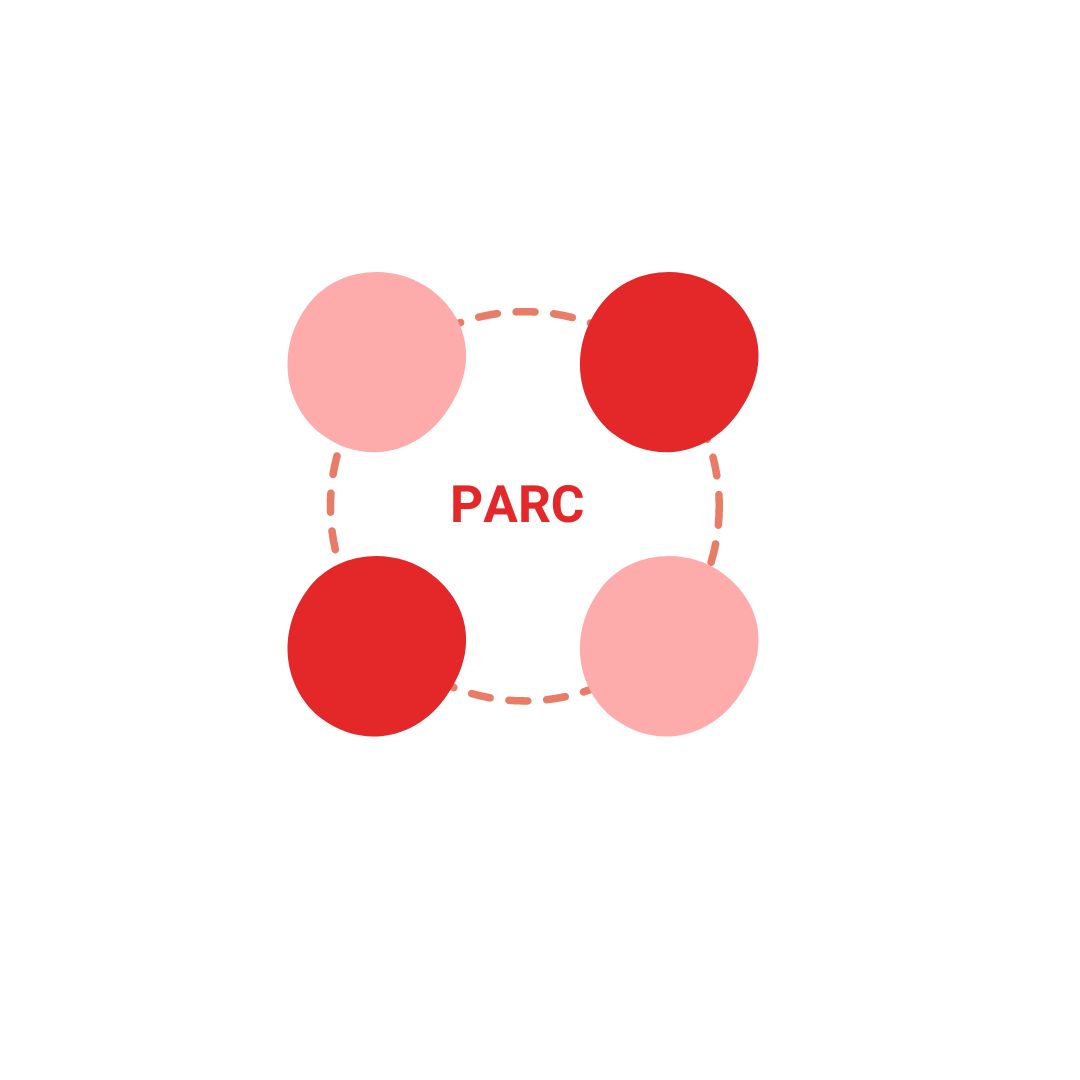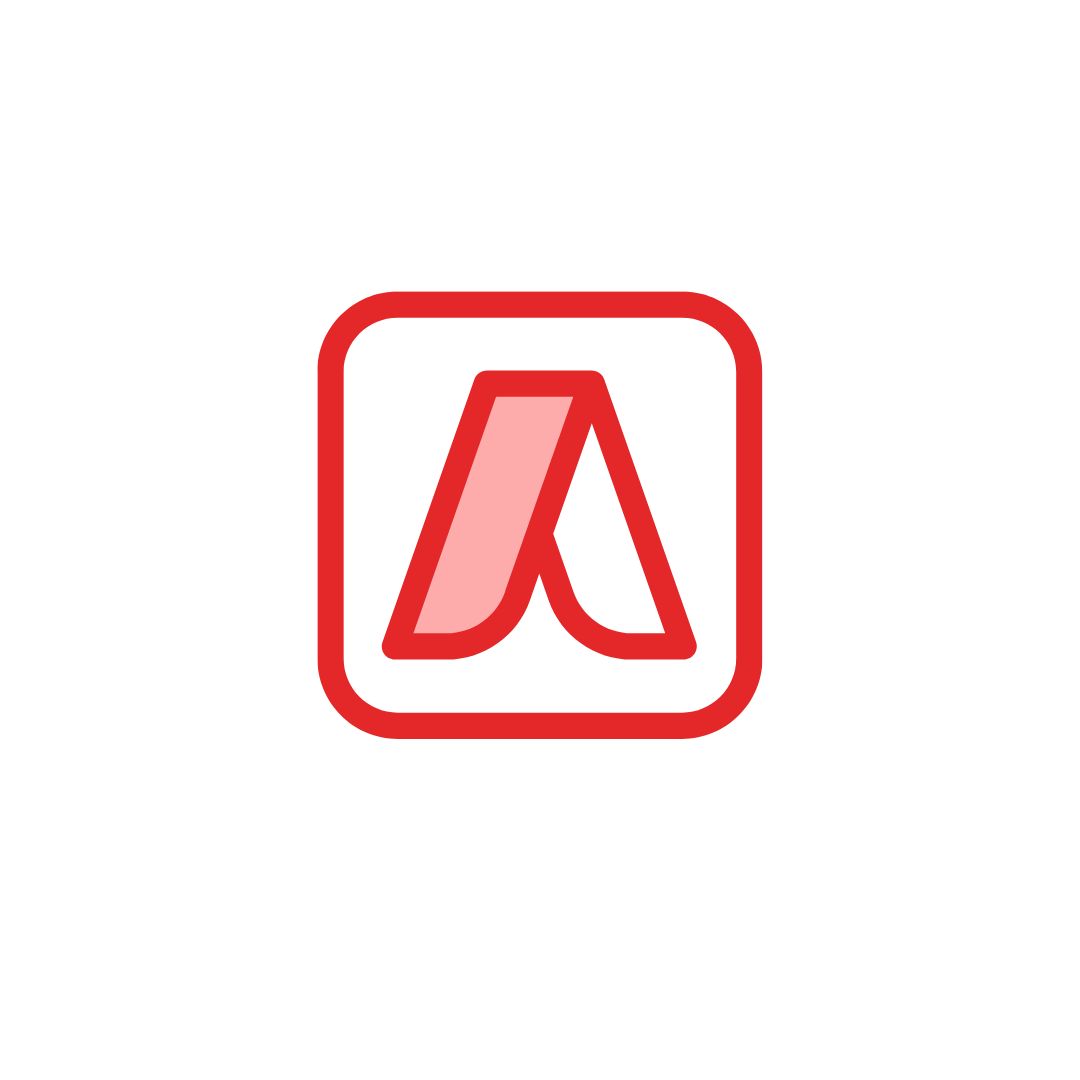Multi Regional & Multilingual SEO Strategy is very crucial for any business which is present across different regions. With a help off multi regional and multilingual, a business can drive quality traffic, be relevant to the customers in different countries and grow business rapidly.
In this article I will take you through how we built multi regional & multilingual SEO strategy to grow business for EFD Induction. So let’s get started
About EFD Induction
EFD Induction provides industrial induction heating processes across 12 different countries. It caters to different industries including Automotive, Aviation, Power Generation, Oil & Gas, HVAC, Railway, Shipbuilding, Tube & Pipe and more.
EFD Induction provides best in class solutions which are cost effective, safe, robust and minimise energy consumption.
EFD Induction is headquartered in Norway and we were appointed as the Digital Marketing Agency to drive SEO
The Strategy
1. The URL Structure
Having the right URL structure is important is very important to rank in different regions for different languages. So we used a subdirectories with gLTD structure like Eg: www.domainname.com/languagecode-
So the URL’s for each geography changed as below:
Italy: https://www.efd-induction.com/it-it/ wherein it is the language code for Italian language and it is the country code for Italy
Germany: https://www.efd-induction.com/de-de/ wherein de is the language code for German language and de is the country code for Germany
France: https://www.efd-induction.com/fr-fr/ wherein fr is the language code for French language and fr is the country code for France
Poland: https://www.skyn.com/pl-pl/ wherein pl is the language code for Polish language and pl is the country code for Poland
Here is a list of language ISO codes and country ISO codes which you can refer to while defining URL structure – Language & Country ISO Codes
2. On Page Optimization
Optimising key on page aspects with the keyword is relevant to the page and has high searches.
EFD Induction Italy – Tags Optimization

EFD Induction Germany – Tags Optimization

EFD Induction France – Tags Optimization

Similarly other 9 regions were optimised for title & description
Further we optimised the heading tag (h1) for all the pages with the business keyword as below
Italy – <H1> Prodotti di riscaldo ad induzione
Germany – <H1> Induktive Erwärmungsanlagen
France – <H1> Equipements de chauffage par induction
Poland – <H1> Nagrzewanie indukcyjne
Similarly heading tags were optimised for all the pages on the website, for remaining other 8 regions
Further other tags including image tags and anchor tags were optimised.
3. Content Optimization
Optimising content which articulates the product in brief and influences decision of customers.
Content example Italy
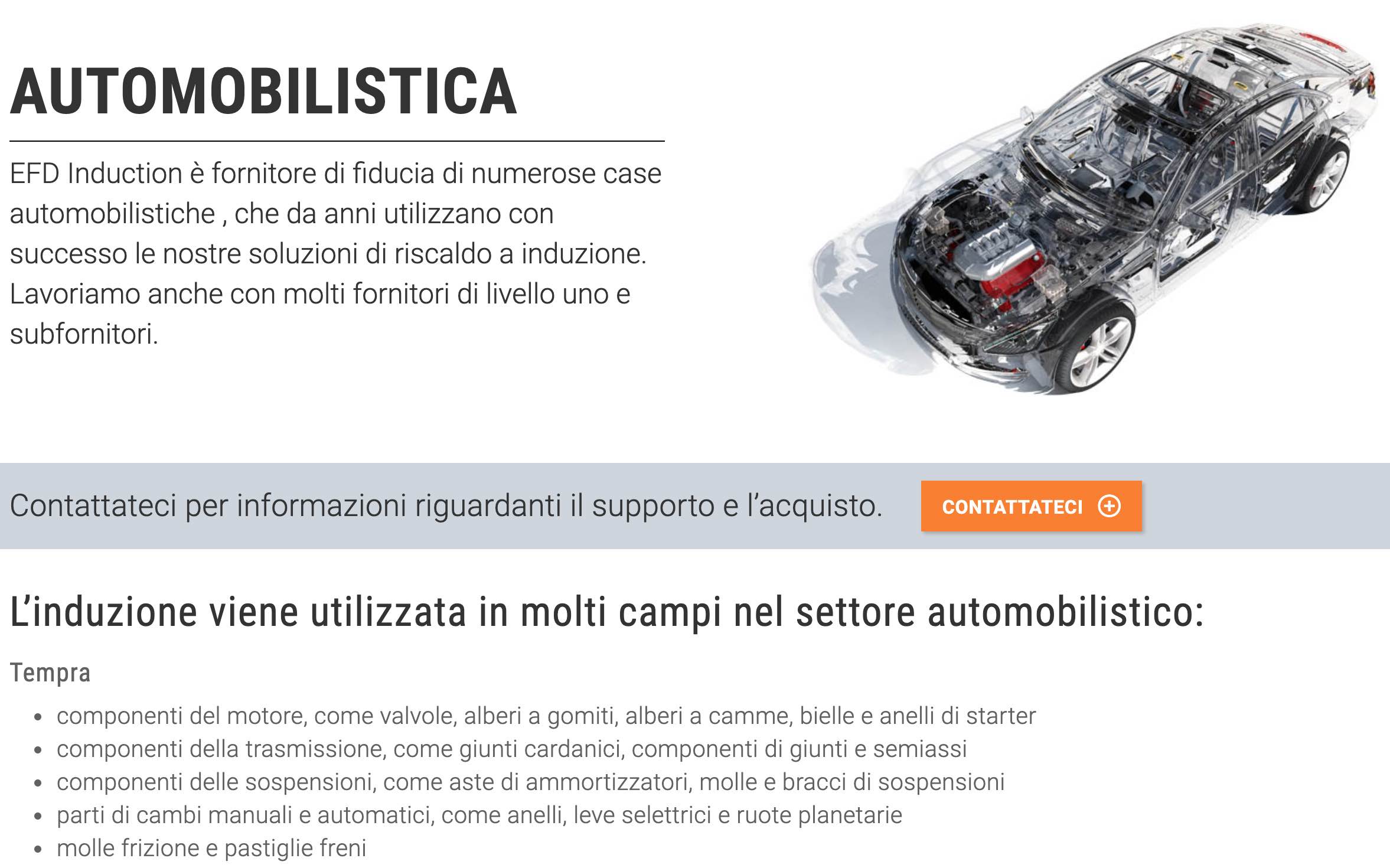
Content example Germany
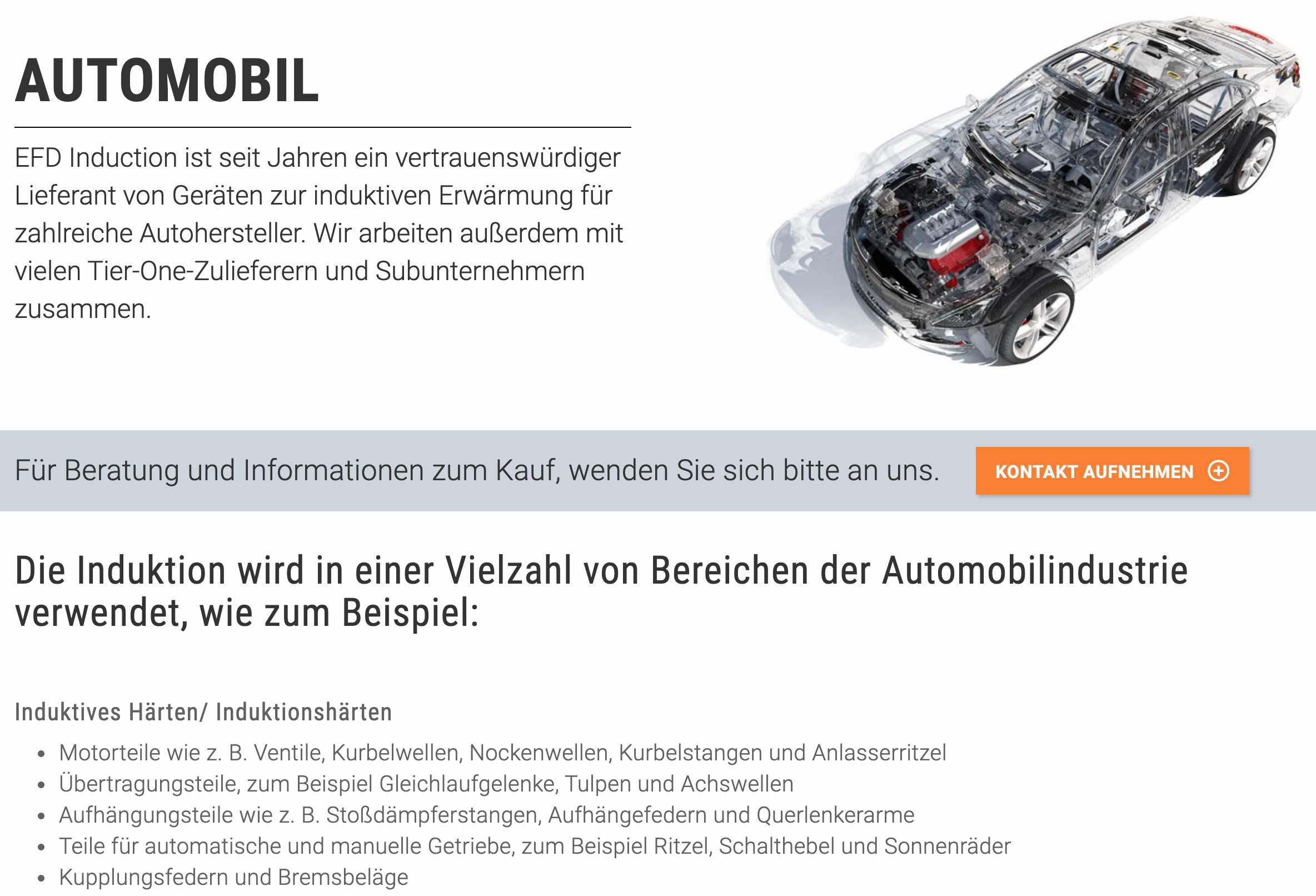
Content example France
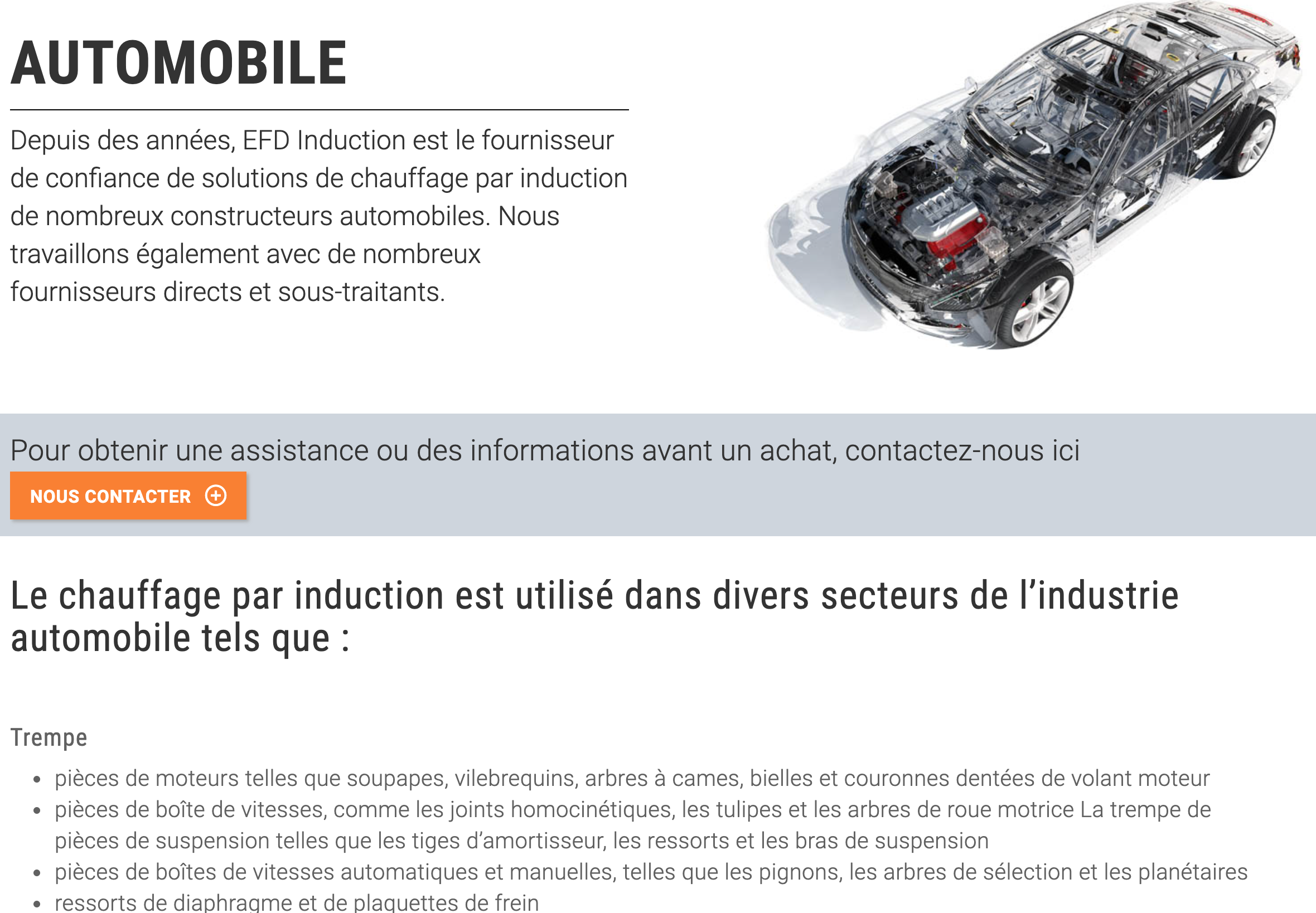
Optimising Downloads Section
We further optimised the entire content on the downloads section as the idea was to make sure that the pdfs ranked on Google search and bring in more traffic
Italy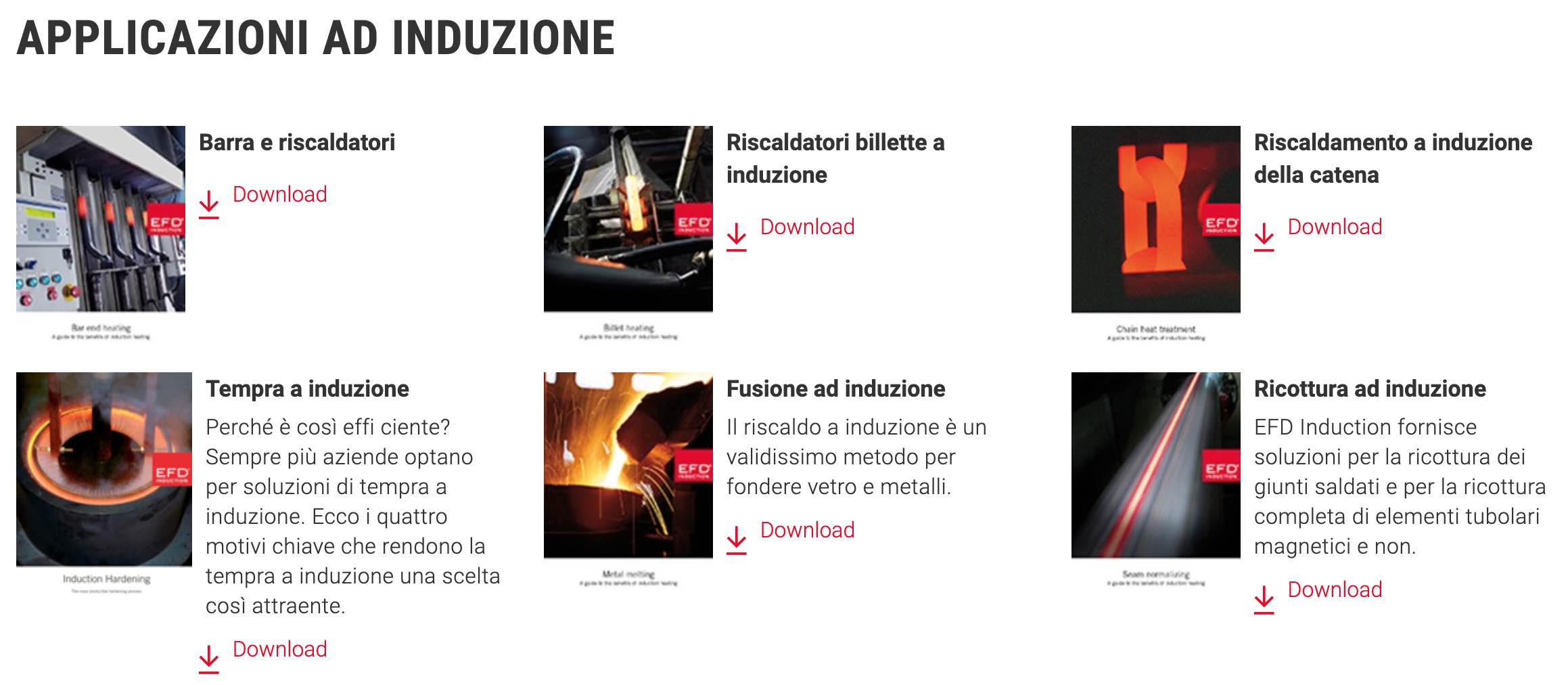
France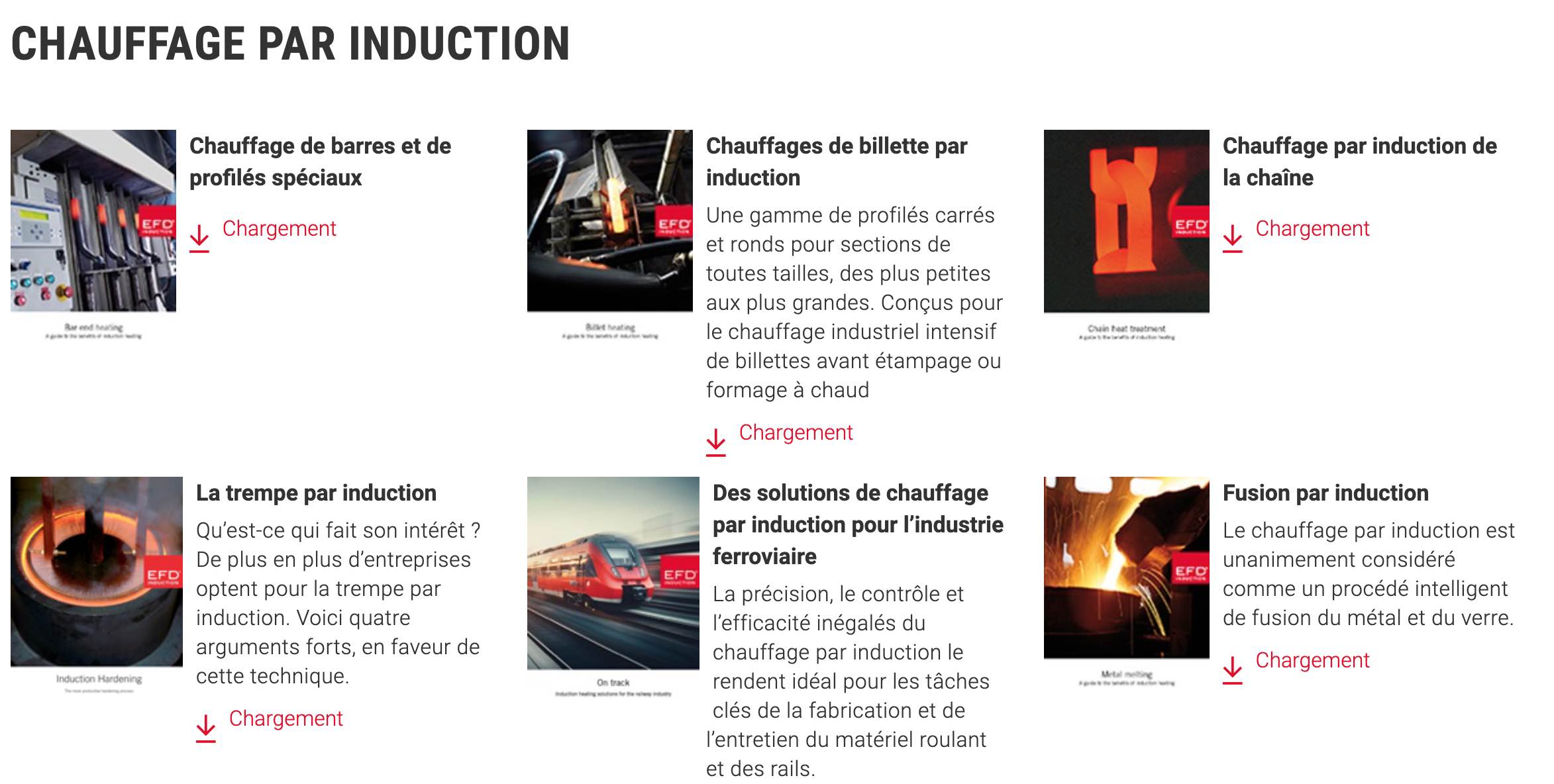
Germany
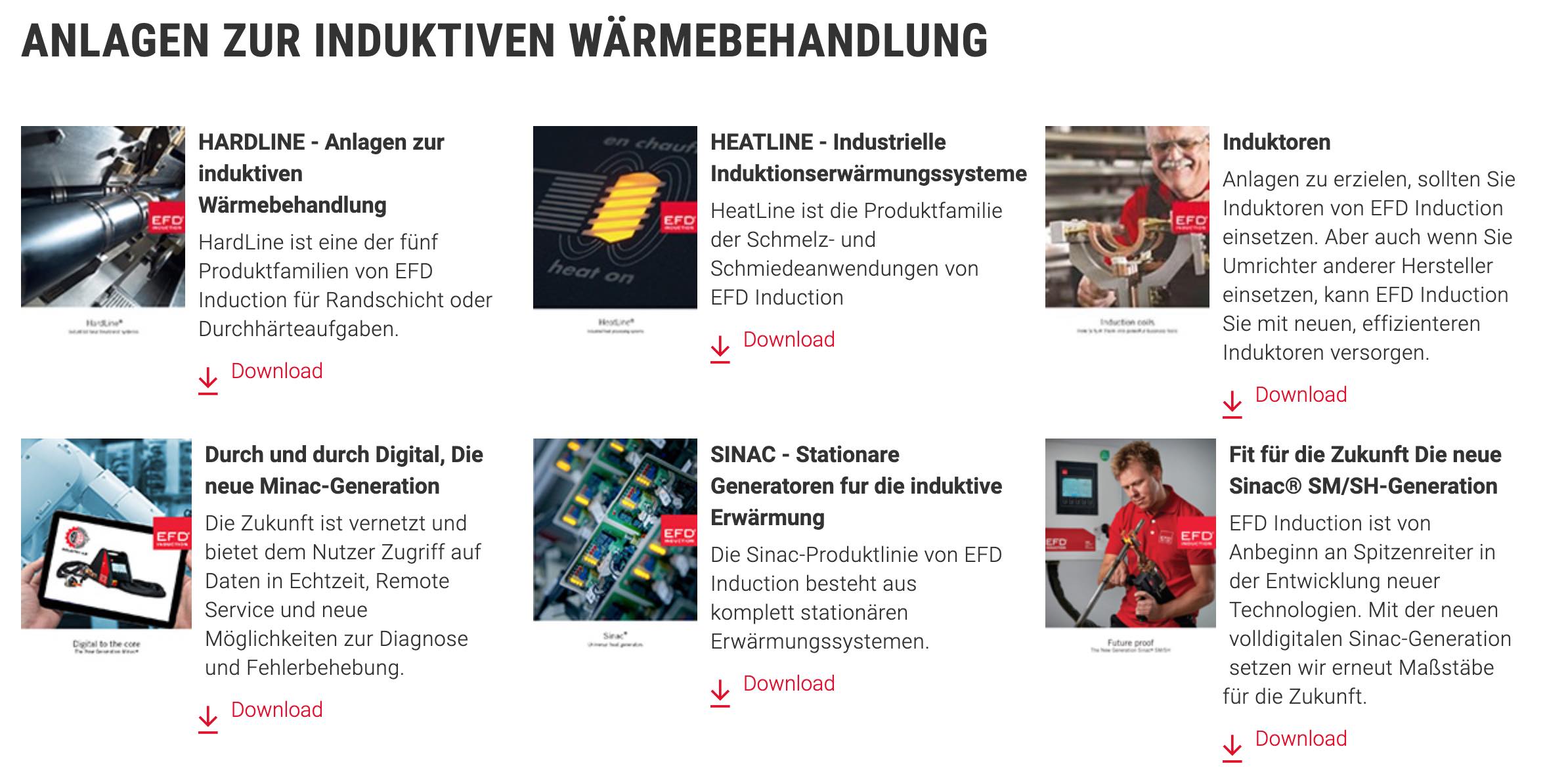
We further optimised the content on Industries, Application and Services page, making it search friendly and highly optimised.
4. Off Page Strategy
We defined an off page strategy to improve share of voice and domain authority by publishing content pieces on different websites related to Industrial Heating, this helped us to boost the ranking of the website by leveraging external links
Few examples are as below:
Example 1:
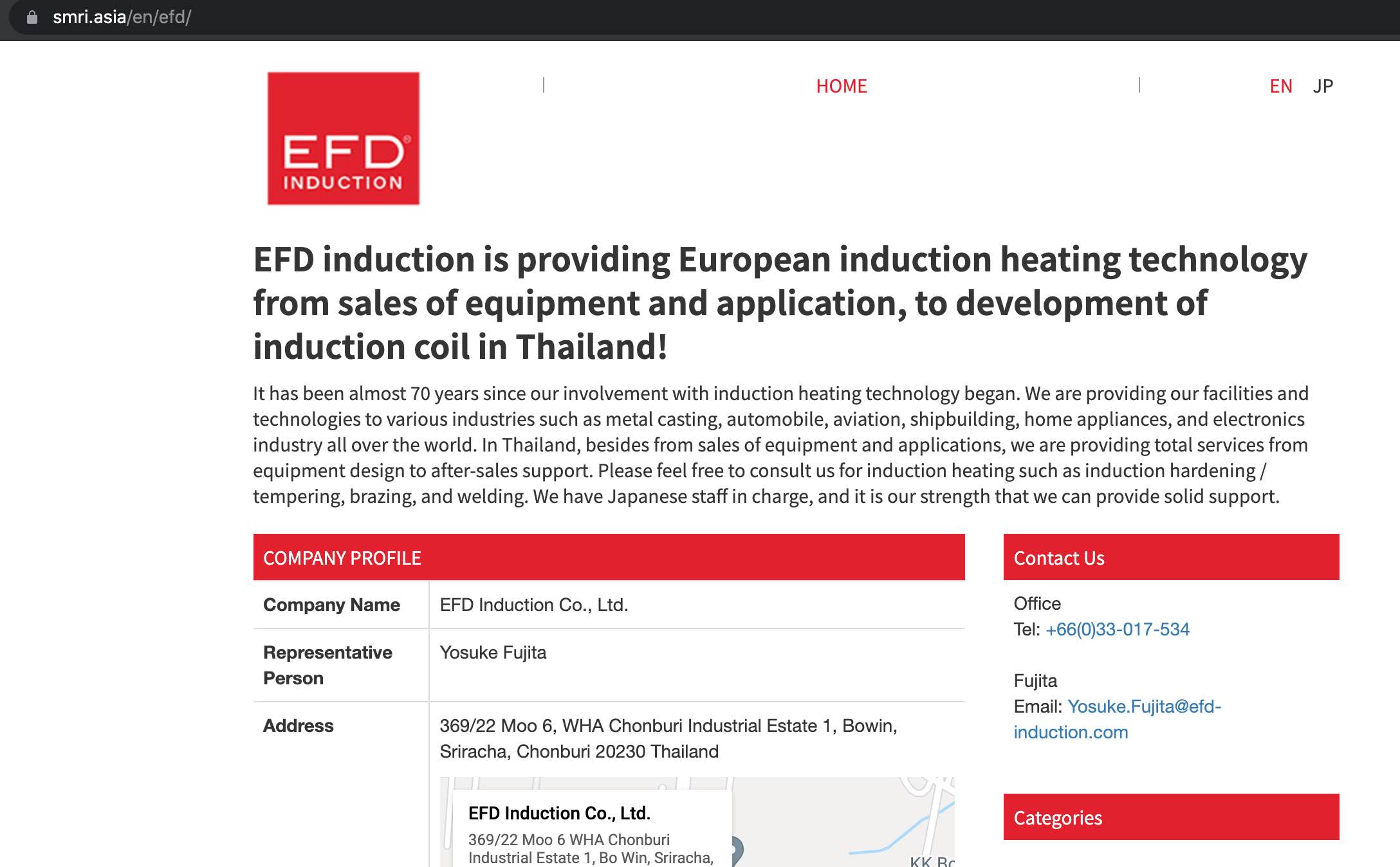
Example 2:

Results:
